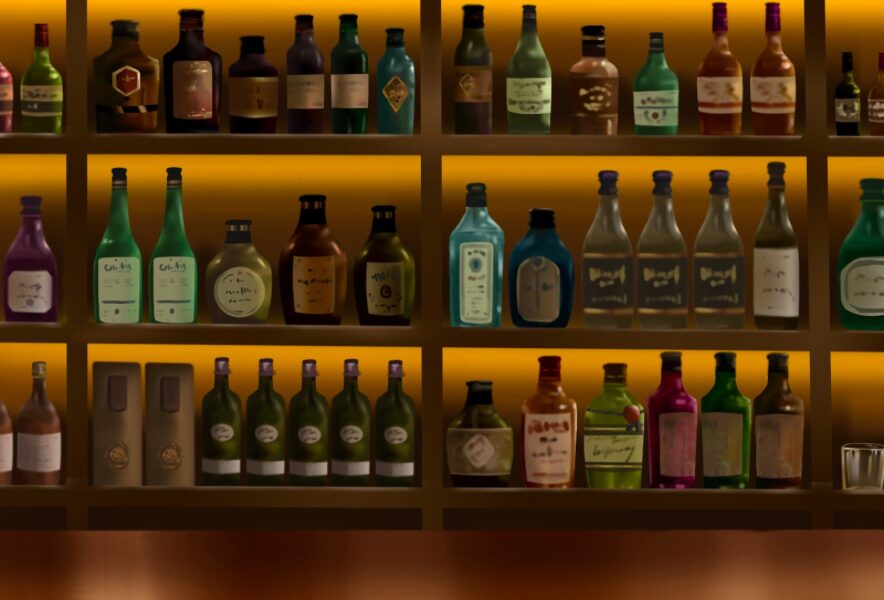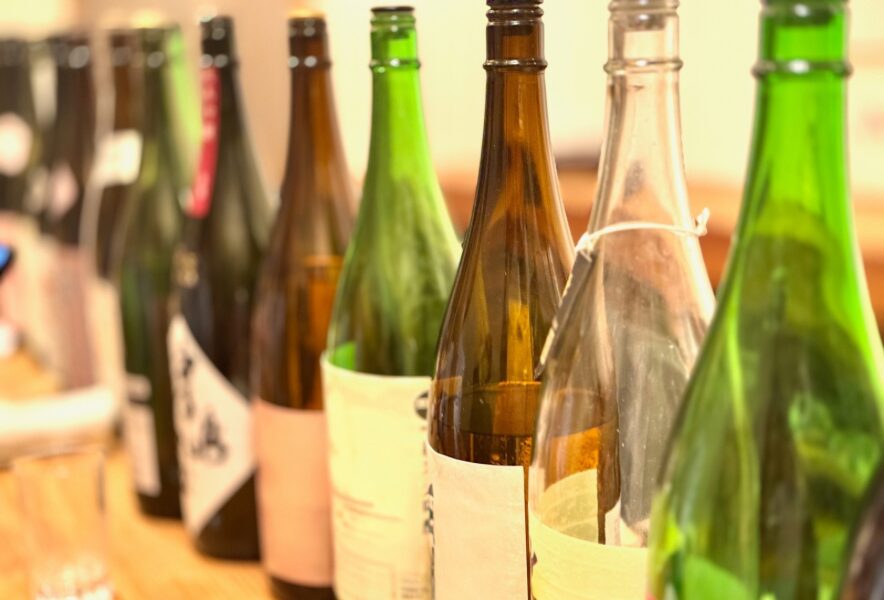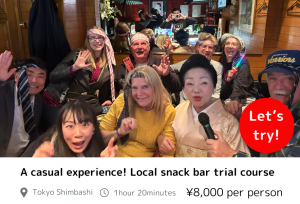In snack bars, the drinks most commonly served are sake, shochu, and whisky. While these beverages may not seem likely to “spoil,” their flavors can actually change over time depending on the type. To ensure customers always enjoy them in the best condition, it’s important to understand the characteristics of each and adjust how you store and serve them. Sake, especially namazake (unpasteurized sake), tends to deteriorate quickly, whereas shochu and whisky last much longer. Knowing these differences helps build confidence when serving customers. In this article, we’ll focus on the types of alcohol often handled in snack bars and explain how to think about expiration as well as key points for storage.
Contents
Expiration Date Labels Are Not Required
Alcohol is not legally required to carry an expiration date or a best-before date. The dates printed on sake, shochu, or whisky labels usually indicate the “production date” or “bottling date,” not a deadline for consumption. In other words, while alcohol rarely becomes undrinkable due to spoilage, the speed at which its flavor deteriorates varies greatly depending on the type and storage conditions. When serving in a snack bar, it’s important to pay attention to when the alcohol was made, and to check that the aroma and taste have not declined. This is especially true for ginjo sake and unpasteurized sake (namazake), where timing directly affects flavor, making it preferable to manage procurement carefully.
Enjoying Sake at Its Best
Sake behaves much like a fresh product, and the degree of deterioration depends on storage conditions. For pasteurized varieties such as regular sake or honjozo, the general guideline is about one year unopened. However, aromatic styles like ginjo often lose their peak flavor after 8–10 months. Unpasteurized sake, such as namazake or namachozo, is even more delicate and should ideally be enjoyed within a few months. Once opened, oxidation progresses quickly—ginjo and namazake are best consumed within a week, while regular sake should be finished within about two weeks. In snack bars, it’s essential to serve opened bottles promptly so that customers can enjoy sake in its freshest possible condition.
Distilled Spirits Last Longer but Require Careful Storage
Unlike sake, distilled spirits such as shochu and whisky have a high alcohol content, which makes it difficult for microorganisms to grow. For this reason, there is generally no need to worry about an expiration date. When unopened, they can maintain their quality for several years. However, once opened, exposure to oxygen and light gradually diminishes their aroma and alters their flavor. If bottles are kept on a snack bar’s back shelf for long periods, it’s important to close them tightly and avoid direct sunlight or places with large temperature fluctuations. Whisky, which is bottled after maturation has already stopped, retains its richness only if handled properly after opening. The same applies to shochu: minimizing contact with air is key to preserving its quality.
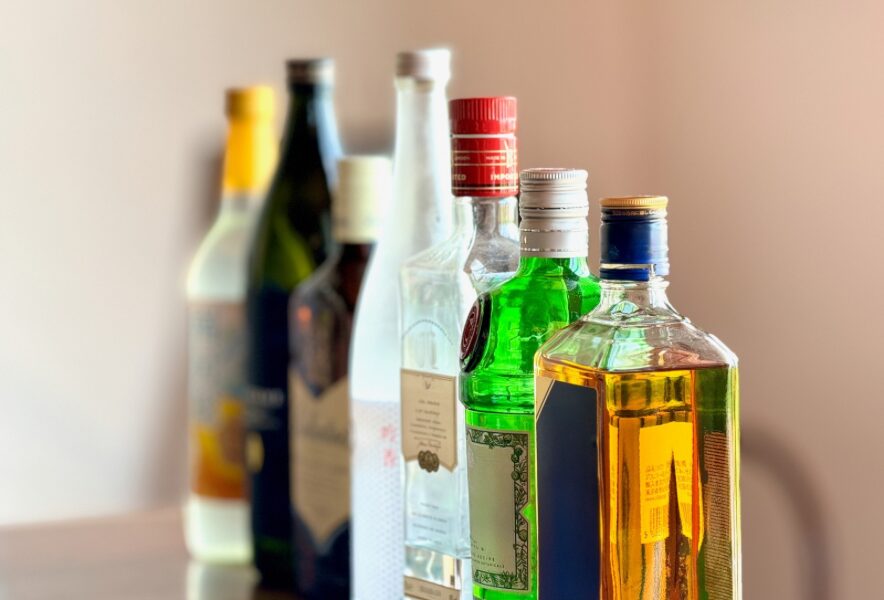
Conclusion
When serving alcohol in a snack bar, the first step is to check the production date printed on the label. Even though there is no expiration date, this information helps estimate freshness, and it is generally safer to choose newer bottles for ginjo sake or unpasteurized sake. Storing sake in a cool, dark place or in the refrigerator, and keeping distilled spirits away from direct sunlight and temperature fluctuations, makes it easier to preserve their flavors. After opening, sake should ideally be consumed within one to two weeks, ensuring customers always enjoy it at its best. By understanding the unique characteristics of each type of alcohol and reflecting them in the menu, you can highlight the refreshing freshness of sake while offering a wide variety of shochu and whisky that benefit from long-term storage. With proper management and attention to these differences, a snack bar becomes a more appealing place, where customers will feel, “The drinks here are always delicious.”
Let’s go to Izakaya and a Japanese Snack-bar with a fun guide!!
You can enjoy many kinds of drinks at Izakaya and drinking culture Snack Bars, beloved by many but you can’t enter without a guide. You can enjoy communication with the owner and other customers, as well as singing karaoke, allowing for a relaxing time.
Most snack bars have a policy of refusing entry to foreigners. However, with a tour, you’ll have a guide, so you can enter with peace of mind.
When visiting Japan, don’t just check off the tourist spots –
dive into local experiences for an unforgettable journey!
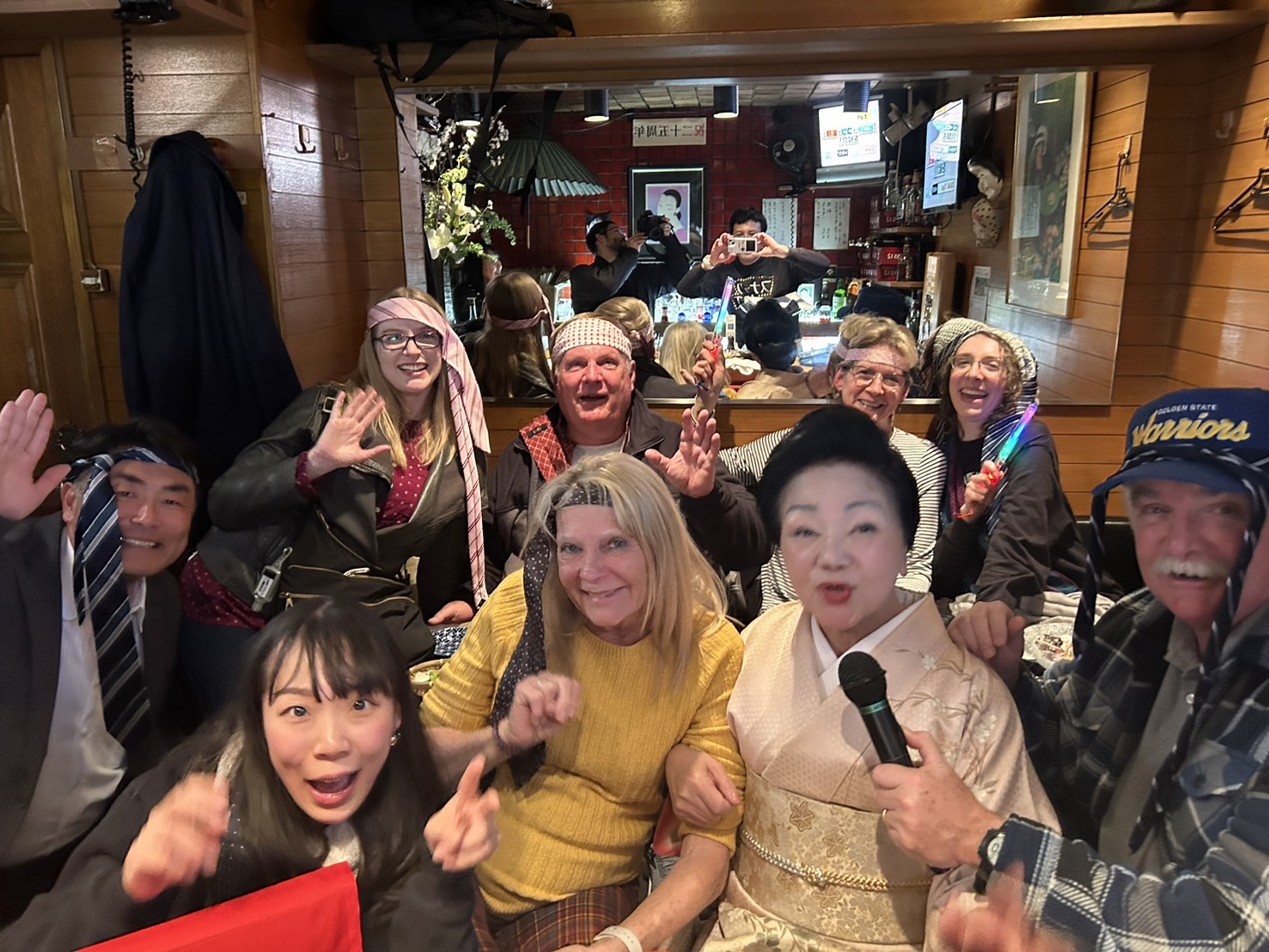
Once you experience it, you’ll be captivated too! The charm of snack bars.

New encounters with people! The camaraderie of singing at a snack bar! Conversations with the mama-san!

